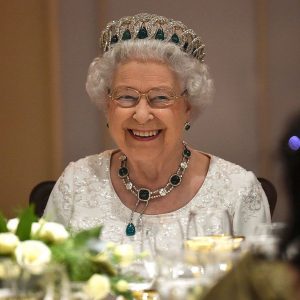
On the one side, the swarming, billions-strong army of the bored and endlessly curious, the cyberspace voyeurs. On the other a traditional, deeply flawed, defensive family marked by privilege and tragedy. It was never going to be a fair fight.
The Princess of Wales’ video explanation of her cancer diagnosis couldn’t be faulted for professionalism and directness. It was the best possible response to two weeks of increasingly unhinged speculation after her hospital stay for “major abdominal surgery”.
In cyberspace, it was asserted that she was finally divorcing William after a long affair, the cause of his long feud with Harry; that she was grievously, even fatally, ill but that the palace had decided to try to hide the fact; and much else besides.
Once upon a time, the British royal family could simply slam the gates of “no comment.” The popular press, driven by increasingly brutal market pressures, showed restraint simply because reporters were terrified of having all access severed. But those days are long gone.
The loop between lonely fantasists in Arizona, who have branded themselves as “Kate Truthers”, and a mainstream media hovering over X, tempted to pick up the latest jaw-slacking theory, seems now unbreakable. In the modern media, there are no reliable hierarchies, no national boundaries, no agreements.





